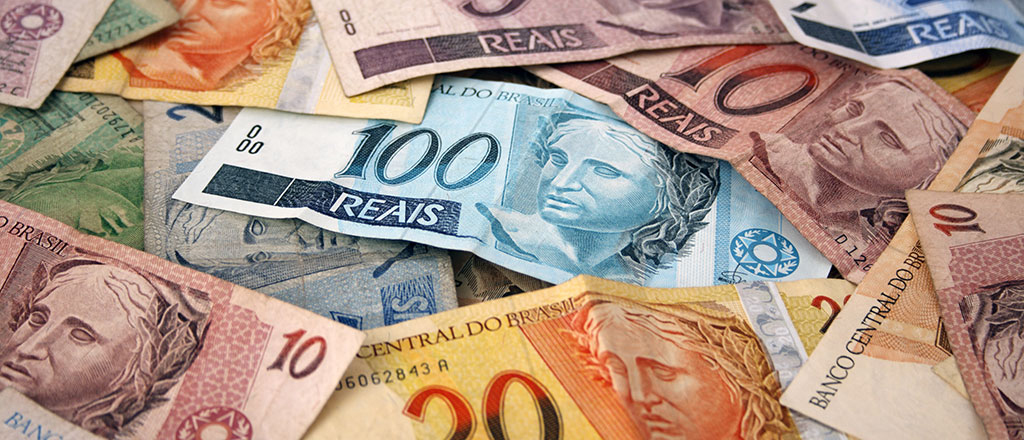
In highly liquid trading - with rates futures contracts changing hands at a volume that spiraled near all-time highs - traders and investors adjusted positions in anticipation of even lower borrowing costs to come.
The central bank on Wednesday reduced its benchmark Selic rate by 50 basis points to 5.50%, highlighting tame domestic inflation and an increasingly uncertain global economic outlook.
Citing the accompanying statement from the bank's rate-setting committee, known as Copom, several economists lowered their Selic forecasts. A fall below 5.00% is now on the cards, perhaps even by the end of this year, they said.
The real hit a two-week low as it chalked up its biggest fall in almost a month. Along with a weak performance on Wall Street, this unnerved equity traders and prompted the benchmark Bovespa index to wipe out earlier gains of 1.4%.
Economists at BNP Paribas cut their GDP growth outlook for this year and next to 0.5% and 2.0%, and lowered their Selic forecast to 4.25%.
"The economy's weak performance poses a potential risk as it could increase the political pressure on the government to ease fiscal policy, aggravating public debt dynamics and aborting the steady decline in real interest rates," they said in a note.
Brazilian markets on Thursday moved to price in far lower rates.
The dollar rose 1.2% above 4.16 reais for the first time in two weeks and the Bovespa stock market, having earlier risen 1.4% to 106,001 points and within 650 points of July's record high, ended the day down 0.1%.
Interest rate futures across the curve plunged to all-time lows. The January 2021 contract fell as much as 25 basis points to below 5.00% before recovering some ground, while volume in the January 2020 contract surged to 1.24 million, the second highest on record.
Implied rates point to further central bank easing of around 75 basis points by the middle of next year, and the Selic rate not getting back up to its current 5.50% level for around two years.